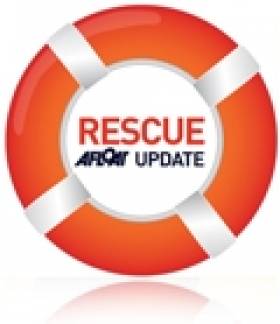Displaying items by tag: Hartlepool
Lucky Escape For French Skipper From Yacht Blaze
#Explosion - A French yachtsman had a lucky escape after an explosion on his yacht that quickly engulfed the vessel in flames.
As Practical Boat Owner reports, the solo sailor called 999 for British emergency services after the incident on his 36-foot yacht some 15 nautical miles off Sunderland in the north-east of England early yesterday morning (Friday 22 August).
The man was winched to safety from his liferaft by a rescue helicopter from RAF Boulmer as lifeboats from Hartlepool RNLI also attended the scene to secure the area around the burning yacht.
"Fortunately, the sailor was uninjured but it was very sad to see his yacht burn and then sink so quickly," said Hartlepool coxswain Robbie Maiden.
"We understand the boat was his home and he was sailing from Iceland to Holland, but it looks like he’s lost nearly everything."
Black Diamond Ready for Success at Tall Ships Races
The Hartlepool Mail reports on one skipper who's making final repairs to his vessel ahead of the Tall Ships Races in Waterford this month.
Calvin Whitehead, captain of the 45ft Black Diamond, will set sail next Monday from Hartlepool with a crew of nine young people who will have the chance to gain valuable sailing experience.
The 29-year-old is hoping to repeat the class C ship's results in last year's race, where it finished second in its category.
"The boat is in good nick and the crew has mostly sailed before. We have a pretty good chance this year," he said.
The Tall Ships Races kick off in Waterford from 30 June to 3 July before the fleet sets sail for the Shetland Islands, then Stavanger in Norway and finally Halmstad, Sweden in August.

























































